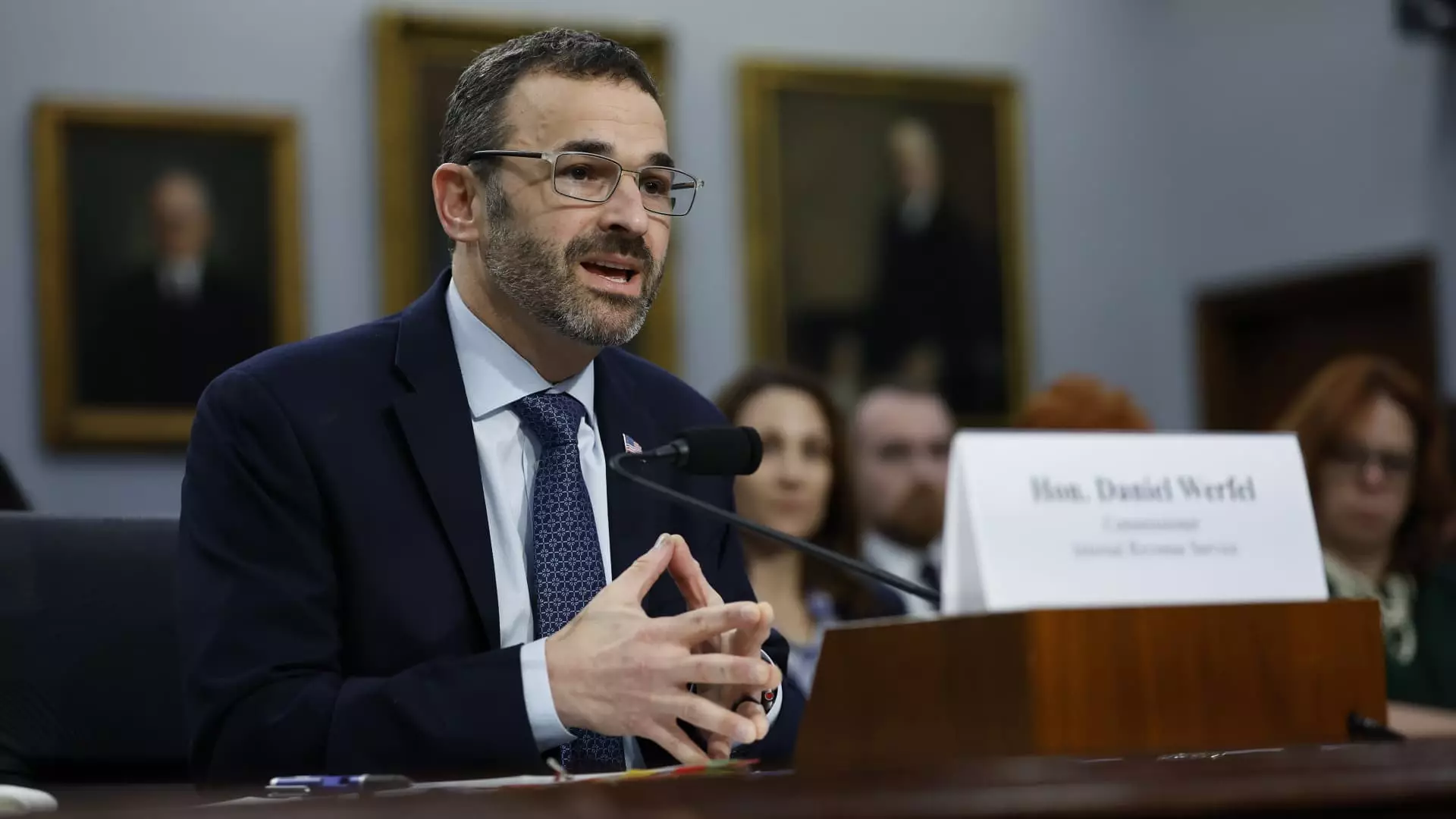In a significant move towards simplifying tax filing for Americans, the IRS has revealed that more than 30 million individuals across 24 states will be eligible for its Direct File program in the upcoming tax year. This free tax filing initiative, previously limited to 12 states during its pilot phase, is set to substantially broaden its reach as part of its initiative to alleviate the tax preparation burden on American families. The announcement, made public by the IRS and the U.S. Department of Treasury, marks an important step in a broader effort to modernize tax filing and provide greater access to taxpayers.
The Direct File program aims to streamline the tax filing process for individuals with straightforward financial situations. For the 2025 tax season, the program will open up eligibility to an additional 12 states, including Pennsylvania and Wisconsin, effectively doubling its initial coverage. This expansion not only enhances accessibility but also aligns with the IRS’s commitment to making tax filing more user-friendly. During the pilot version in 2024, eligible taxpayers could utilize the system for basic filings, specifically targeting those with simple earnings reported on W-2 forms.
Notably, the Direct File program initially excluded gig economy workers and those reporting contract income, highlighting a potential gap in its accessibility for all taxpayers. However, the 2025 season anticipates broader inclusivity by accommodating a wider variety of income sources, thus addressing a wider range of financial scenarios faced by Americans.
A significant aspect of the Direct File initiative is its support for various tax credits, which are crucial to many working families. During the upcoming tax season, the program will cover not only the earned income tax credit and child tax credit but will also introduce additional credits such as the premium tax credit for marketplace insurance. This strategic incorporation of credits aims to bolster financial assistance for families, allowing them to maximize their returns and reduce their taxable liabilities more efficiently.
Additionally, the Direct File program allows participants to take advantage of “above-the-line” deductions—such as those related to educational expenses and student loan interest—which provides further financial relief to eligible filers. However, it requires filers to opt for the standard deduction rather than itemizing their tax returns, simplifying the process while maintaining affordability.
The pilot program has shown promising results, with over 140,000 users reportedly saving an estimated $5.6 million in tax preparation costs. This success underscores the value of the Direct File initiative as a sustainable and cost-effective solution for taxpayers. As the IRS aims to gradually expand the program, it reflects a growing recognition of the need to adapt to the financial realities of working families across the nation.
With expectations for more states to join in subsequent years, the IRS is making significant strides in transforming how Americans interact with the tax system. The agency’s focus on inclusivity, efficiency, and user-friendliness is commendable—setting a new standard for public service in the realm of tax filing. Embracing these advancements will ultimately foster a more equitable system that empowers all taxpayers to navigate their financial obligations with confidence.

